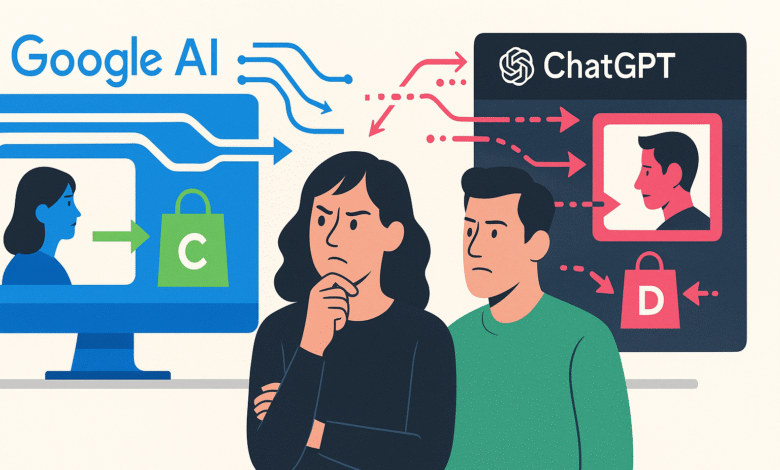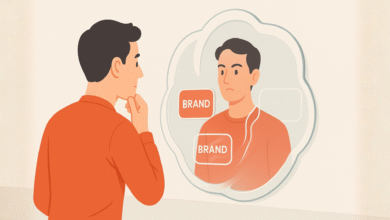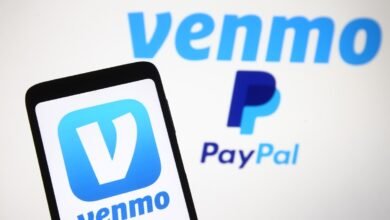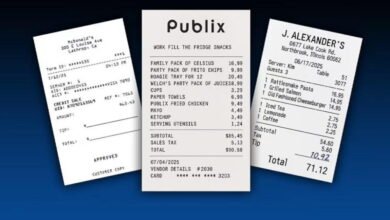Google AI vs. ChatGPT: Which Recommends Brands Better?

▼ Summary
– Google’s AI Overviews, AI Mode, and OpenAI’s ChatGPT disagreed on brand recommendations 61.9% of the time, showing inconsistency in AI-generated brand visibility.
– Only 17% of queries produced the same brand recommendations across all three platforms, highlighting the fractured nature of brand exposure in AI search.
– Google AI Overviews surfaced brands in 36.8% of queries and averaged 6.02 brands per query, far exceeding ChatGPT’s 3.9% brand appearance rate and 2.37 brands per query.
– Citation behavior varied significantly: ChatGPT mentioned brands 3.2 times more than it cited them, while Google’s tools cited sources far more frequently than they mentioned brands.
– Brand alignment across platforms was highest for comparison queries (80% agreement) and varied by industry, with healthcare showing the highest disagreement rate at 68.5%.
When it comes to brand recommendations, Google AI Overviews and ChatGPT frequently offer conflicting advice, creating a fragmented landscape for marketers aiming to secure visibility through AI platforms. A recent analysis by BrightEdge reveals that these two systems, along with Google’s AI Mode, disagree on brand suggestions nearly two-thirds of the time, underscoring the challenges and opportunities in generative search optimization.
The study examined tens of thousands of identical prompts and found that only 17% of queries resulted in the same brands being recommended across all three platforms. This inconsistency means that brand exposure is far from uniform, with each AI tool adopting its own approach to responding to user inquiries.
In terms of sheer presence, Google AI Overviews surfaced brands in 36.8% of queries, a significant lead over ChatGPT, which included brands in just 3.9% of its responses. Google’s AI Mode fell somewhere in between. Beyond frequency, the density of brand mentions also varied widely: AI Overviews averaged 6.02 brands per query, more than double ChatGPT’s 2.37 and substantially higher than AI Mode’s 1.59.
Another notable finding involves how often these systems refrain from mentioning brands at all. ChatGPT offered no brand references in 43.4% of queries, while Google AI Mode stayed silent 46.8% of the time. In contrast, AI Overviews omitted brands in only 9.1% of cases.
Citation behavior also diverged sharply between platforms. ChatGPT mentioned brands 3.2 times more often than it cited sources, suggesting a stronger reliance on its internal training data. Google’s tools, however, placed greater emphasis on attribution: AI Overviews cited sources more than twice as often as it mentioned brands, and AI Mode cited sources six times more frequently than it named brands.
Despite these differences, there were areas of alignment, particularly based on query intent. Compare queries saw 80% agreement on brand recommendations, while buy queries reached 62% alignment. Location-based and “best” queries showed much lower consensus, at 38% and 23% respectively.
Disagreement rates also varied by industry. Healthcare led with a 68.5% inconsistency rate, followed by education at 62.1% and B2B tech at 61.7%. Ecommerce had the lowest disagreement level at 57.1%, though even this reflects considerable variability.
For marketers, these findings highlight a volatile environment where AI-driven visibility is neither guaranteed nor consistent. The lack of uniformity presents both a challenge and an opportunity, companies that learn to navigate this fragmentation may find significant untapped potential for boosting their presence in generative search results.
(Source: Search Engine Land)





